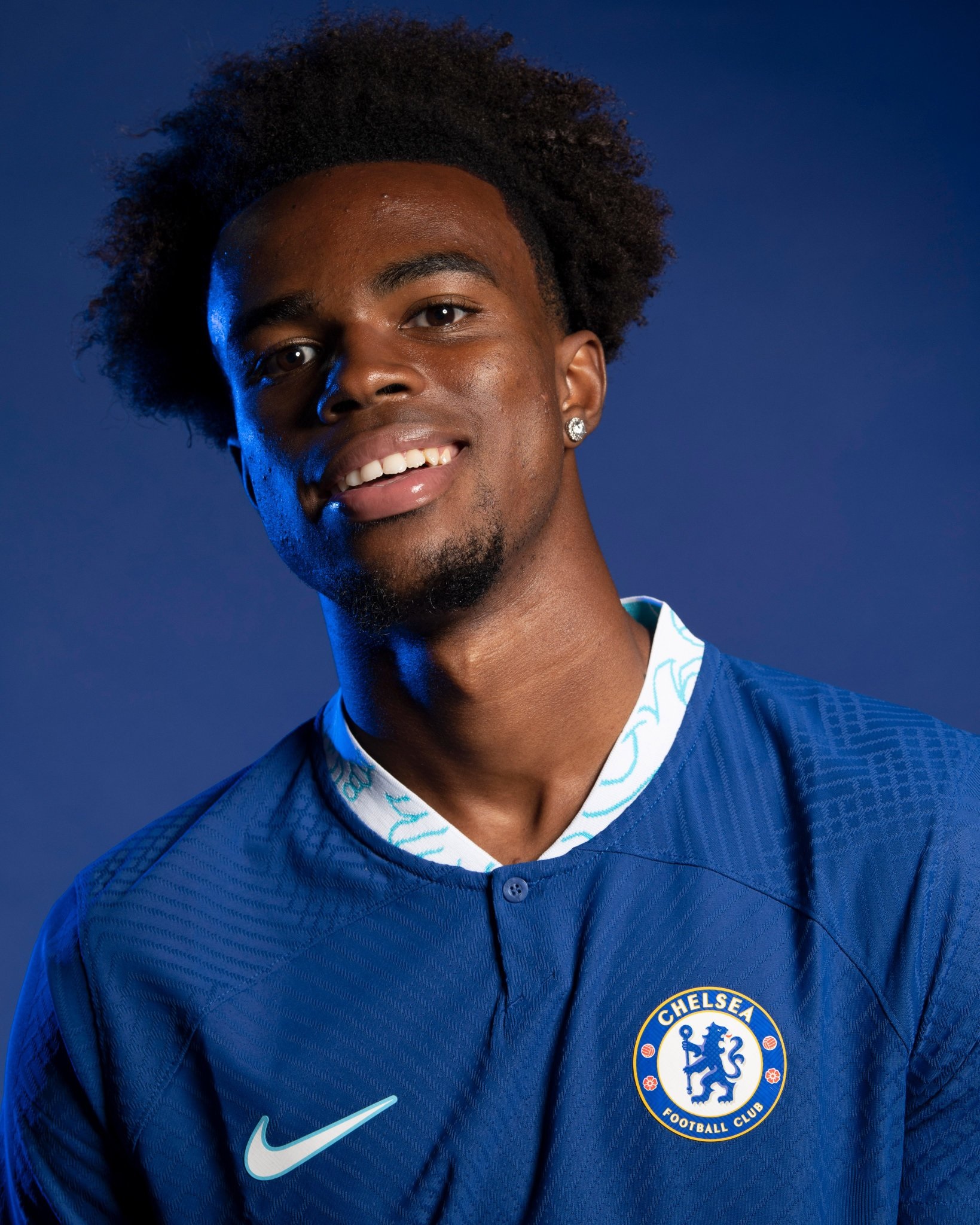Chelsea were very active in the recent summer transfer window. The team not only retooled its first team squad but also picked up a number of young players including Gabriel Slonina, Carney Chukwuemeka, and Cesare Casadei, as well as reportedly attempting to sign Arsen Zakharyan. This youth recruitment was part of what is known as the Chelsea Vision 2030 project, but just what is that?
First coined by Head of Youth Development Neil Bath, the Vision 2030 project is an attempt to restructure the way The Blues utilise academy graduates and youth football. This project has been pushed forward by new owner Todd Boehly who backs the project and provided positive feedback to Bath when presented with the idea. Roman Abramovich was also a backer of the project so it is great to see the new owners continue the trend of investing in youth football.
What is Chelsea Vision 2030?
Chelsea’s academy was already being overhauled by its boss Neil Bath as part of a ‘Vision 2030’ strategy and the club is now signing players for the future who he has recommended. (via @NizaarKinsella) #CFC
— ChelsTransfer (@ChelsTransfer) August 3, 2022
Long Term Options
One of the big goals of the project is to provide long-term, home-grown options to fill gaps in the first team. This largely stems from academy graduates like Reece James and Mason Mount playing a big role in the club’s most recent Champions League victory. In addition to those two, players like Fikayo Tomori, Tammy Abraham, and others becoming big names elsewhere has caught the eyes of higher-ups.
Read More: Chelsea Transfers Graded; Was A Record Spend Enough?
The Evening Standard went a step further in explaining that Casadei and Chukwuemeka were signed to essentially replace N’Golo Kante and Jorginho. The purpose behind Vision 2030 is that it is “…part of a strategy to create a teenage team below the first team that can step in and plug gaps when needed”.
It is the kind of long-term planning that fans have wanted to see for a long time, instead of splashing big on players from other teams, Chelsea Vision 2030 aims to pick up these players when they’re young and provide them with a path to the first team to contribute to winning football matches.
Thomas Tuchel plays an important role in all of this as he is tasked with trusting players like current academy graduate Conor Gallagher to adapt to the first team. We’ve already seen Tuchel integrate some young talents during his tenure at Stamford Bridge and it’s something to expect more and more going forward.
Low Risk
One of the larger benefits of the project is that it is largely low risk. The fees paid for players like Casadei and Chukwuemeka were low enough that even if the players fizzle out, there could be a way to recoup some of the fees in the future. Additionally, while those players attracted the headlines the team were scouting youth football and non-league football heavily to pick up other academy players. It is largely a low-risk, high-reward strategy that could pay off massively if even a handful of these players make their way to the first team.
Read More: £270 Million: Strongest Chelsea Lineup Following Potential Record Spend
There is a lot of room for error with a plan like this. Players may not reach their full potential, or subpar players may end up clogging up the squad. Tuchel and the team hierarchy will have to ensure that they’re vigilant enough to pull off this ambitious plan. If they can pull it off, the Blues may become an unstoppable force in years to come.
3️⃣0️⃣ Carney Chukwuemeka
ℹ️ Aston Villa ➡️ Chelsea#ChelseaBeaga #ChelseaOSC #TransferWindow pic.twitter.com/vYwgOrTytB
— Chelsea Beagá – OSC Brasil 🦁 (@ochelseabeaga) September 2, 2022






